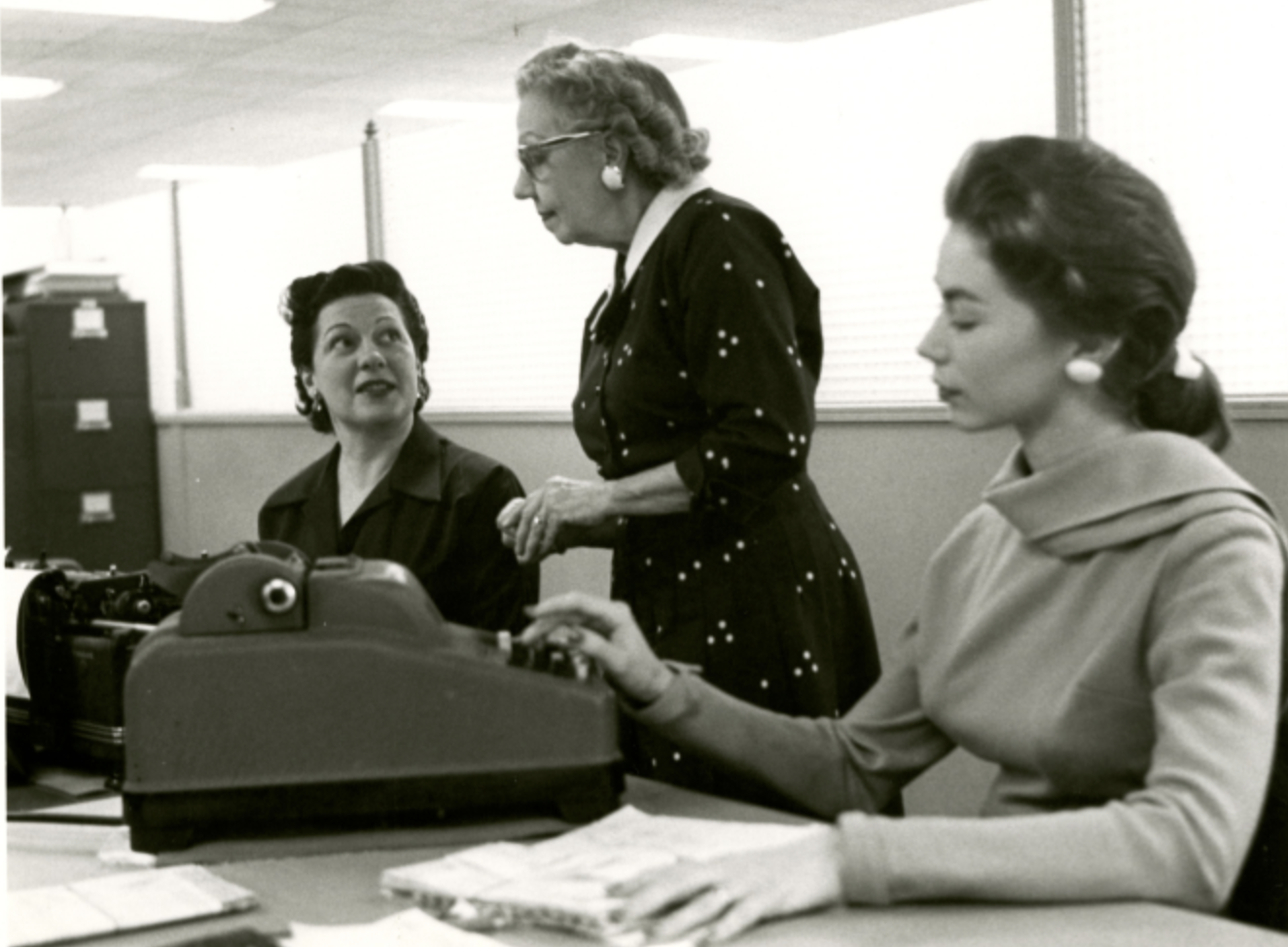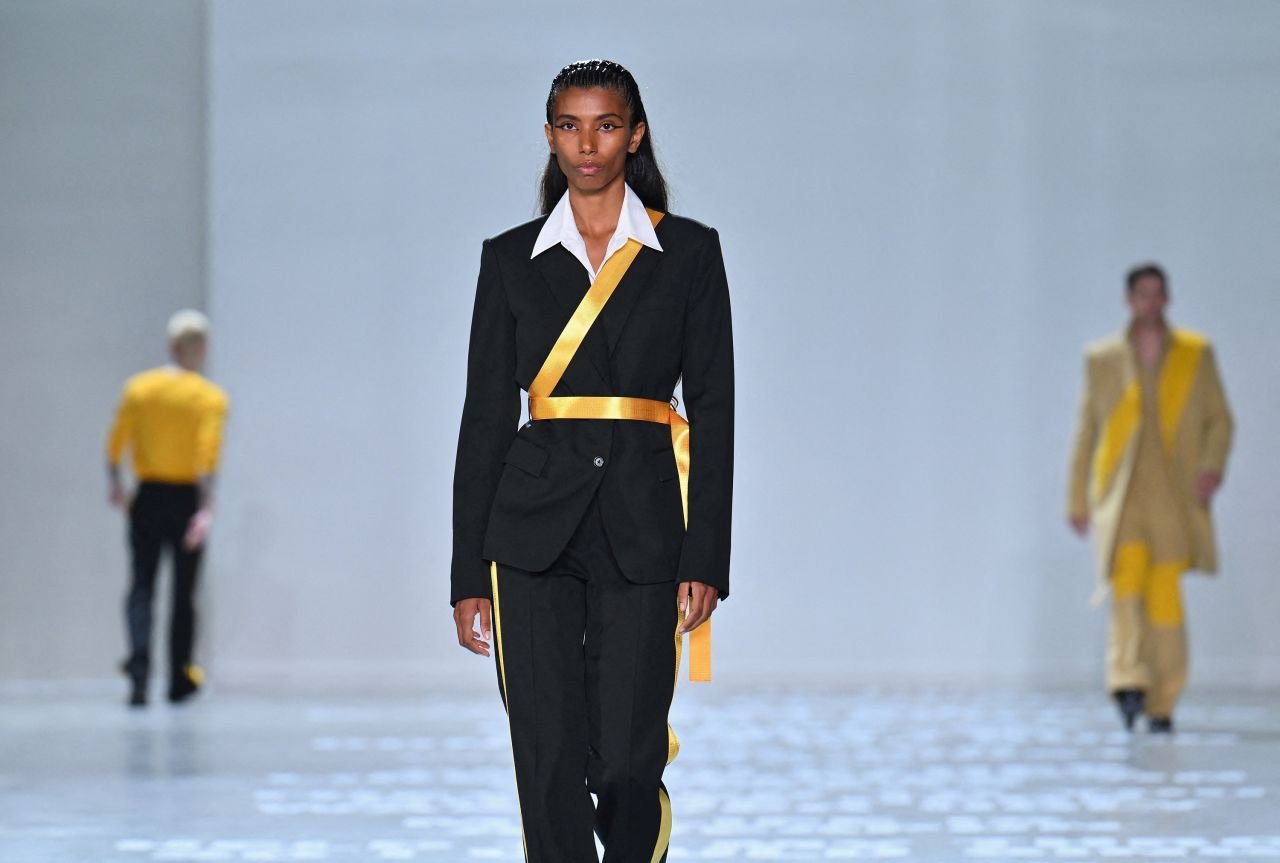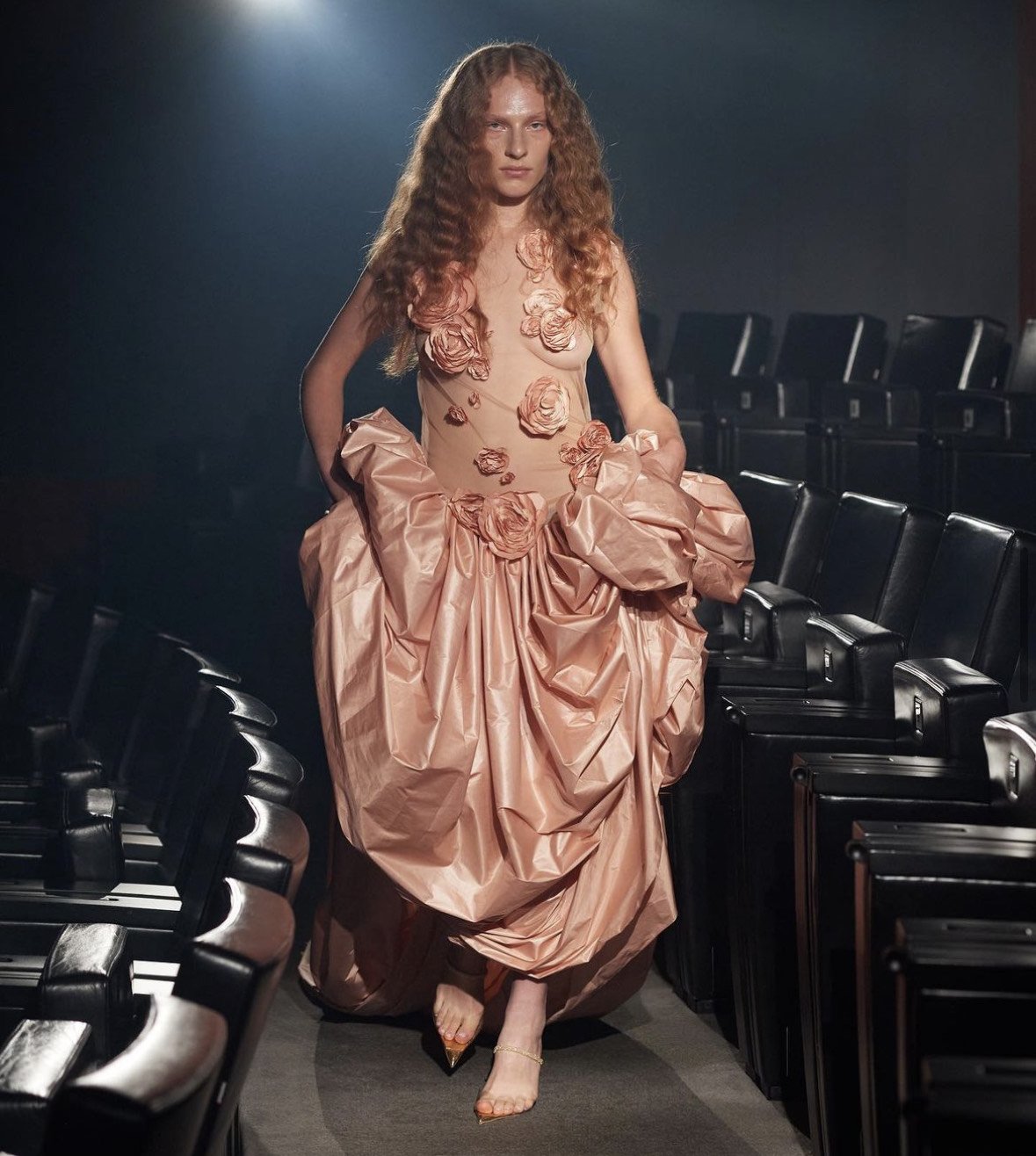‘Made in Luxury’ - China’s Changing Fashions
I initially started writing this article a couple of months ago but then stopped because of the whirlpool that is life but with the recent rise of Asian hate crimes, I knew I had to do something in support because silence is complacency. As a black person, I know that I'm not in a position to speak on any of the experiences of the Asian community but if there is one thing I know it's fashion so I decided to revisit my article about the state of China’s fashion industry.
The stigma surrounding the term ‘made in China’ can be traced back not only to the country’s history as a large mass manufacturer but also to the Westernisation of the fashion industry. Although Chinese factories work on pieces for many famous high fashion brands from Prada and Burberry, Chinese designers are often seen as less luxurious. In an industry often criticised for its lack of diversity, it’s not surprising that Asian designers have been put on the back burner. However, with designers like Guo Pei making it into the Chambre Syndicale de la Haute Couture and the undeniable success of Chinese vogue, China is carving out a place for itself amongst the rest of fashion’s international powerhouses.
In recent years Chinese fashion has increasingly been in the western consumers' eye This can be partly attributed to Asia’s position in pop culture. Anybody with social media, Netflix or even the news, would’ve noticed the increasing influence of Asian pop music and dramas, despite Korea being the country that is often affiliated with this influence, countries like China and Japan are also creating waves of their own on this new global scale. With Chinese street style, videos flooding social media even the average non-fashion lover is seeing what Chinese fashion is. Platforms such as Tiktok feature these street style videos showing anything from Hanfu (traditional Chinese clothing) to Chinese brand streetwear, working as a great way to exhibit Chinese culture to the next generation of the industry's consumers and decision-makers.
On the other end of the spectrum Mercedes- Benz China fashion week, which unlike social media and pop culture, is known for its exclusivity and political censorship. In 2014, designer Liu Meng and models were seized by police during a show that referenced Hong Kong protests. The collection featured models dressed in face makeup and bloodied umbrellas: a clear representation of the occupying central protests, that saw protesters use masks and umbrellas as protection from tear gas attacks from the police. The role of politics in Chinese fashion is undisputed however, despite the threat of imprisonment designers just like Liu Meng continue to create authentically and push the industry forward.
Chinese fashion is more than its past and even more than its present. In an industry centred around finding the next best thing non-Western countries often get skipped over. China is not giving the industry that option, from the country's streetwear brands to its Haute couture, China is pushing itself to the forefront of the industry and outside of the constraints of mass manufacturing. We all need to begin thinking of China as what it is, a source of unutilised creativity.








